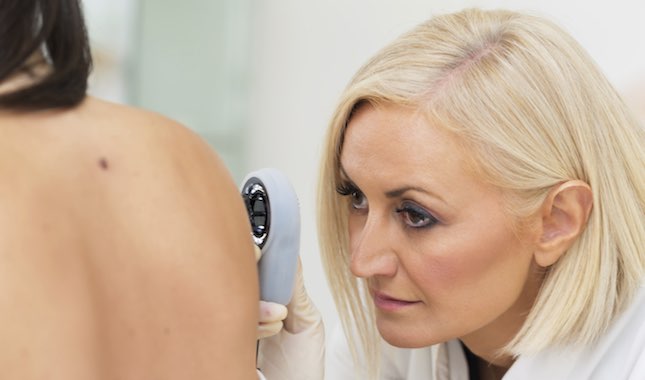Check Out How to Properly Prepare for Your Skin Cancer Check
Skin cancer is the most common of all cancers, but it’s uncommon for people to regularly check for it. But if it’s detected and treated early, it is the easiest cancer to cure. That’s why everyone should know how to check for skin cancer at home, as well as get regular professional skin cancer screening at a skin cancer clinic or dermatologist. Since MD Now is based in sunny Florida, we are well aware of the community’s high risk of skin cancer and want everyone to be proactive about skin cancer screenings. The first step is scheduling an appointment at a skin cancer clinic or dermatologist near you, however, if you have any concerns and cannot get in to see a dermatologist in a timely manner, our doctors at MD Now can see and help evaluate you, and if need be, refer you to a specialist. Follow these expert tips before you go to your screening for the best chance of early detection.
Detect the Facts About Skin Cancer
Skin cancer typically appears as a new or changing mole or lesion on your skin. If it changes in color or size over time, this is a warning sign that it may be skin cancer. The best way to notice these changes is to perform self-exams at home on a regular basis. Many people don’t know how to check for skin cancer at home, but it’s as easy as carefully looking at every part of your skin to search for signs of changing moles or lesions. If you detect any changes, you must make an appointment for a skin cancer screening because only a medical expert will know how to check moles for skin cancer and possibly save your life.
Map Out Your Skin Cancer Check Strategy
First, make an appointment for a professional skin cancer screening. Only a medical professional has the skills and equipment to properly know how to check moles for skin cancer. Since you want to get the most out of your visit, it’s best to prepare properly. Use these expert tips to ensure a complete screening:
- Keep a skin cancer diary that notes any changes in moles or lesions you notice when performing your at-home skin cancer checks.
- Take this skin cancer diary to your appointment.
- Write down your questions and concerns to ensure that you remember them.
- List any allergies, medications, and pre-existing conditions.
- Remove nail polish from fingernails and toenails.
- Take off all makeup and jewelry to provide a full view of your skin.
- Be sure your hair is clean so the doctor can perform a complete scalp check.
- Have routine professional skin cancer checks for protection and early detection.
